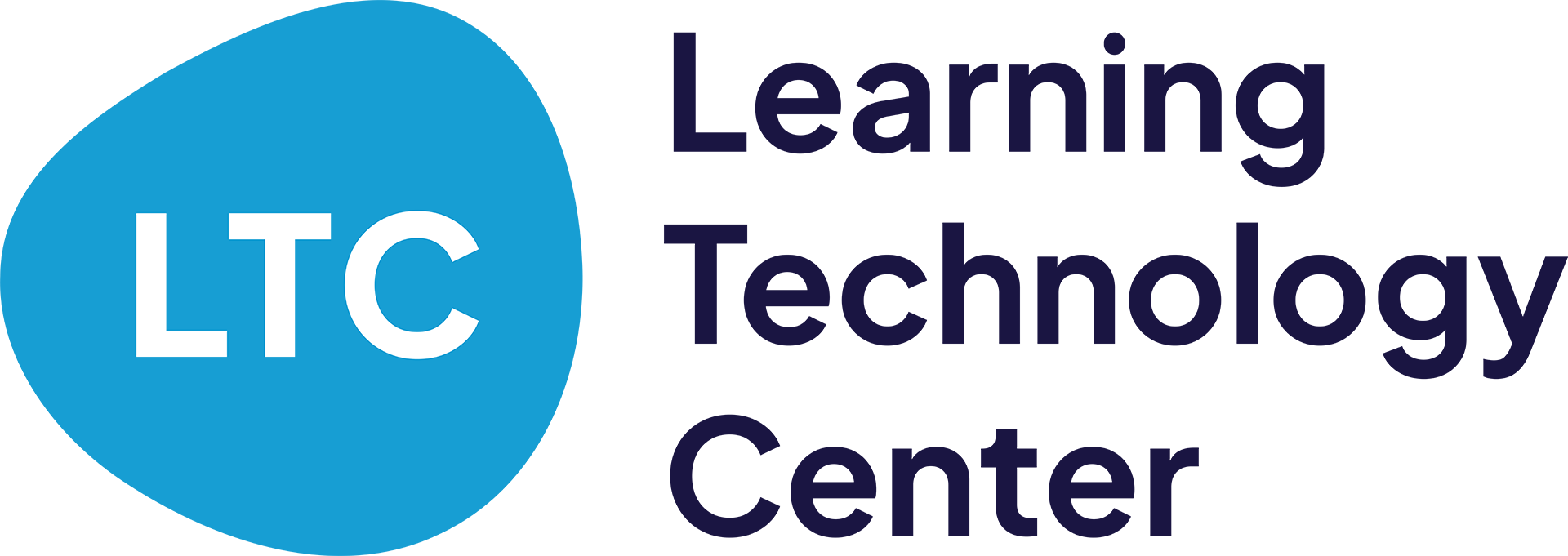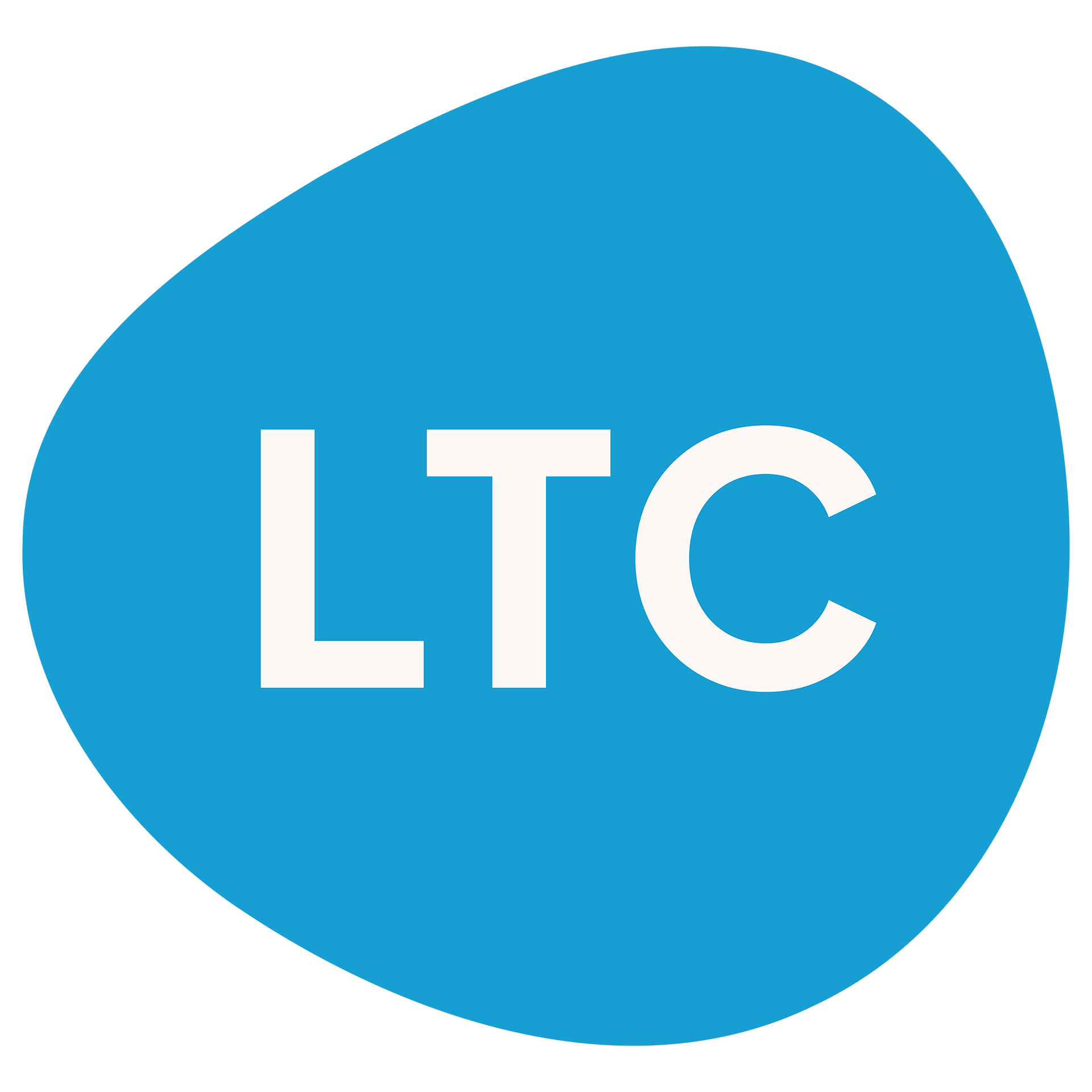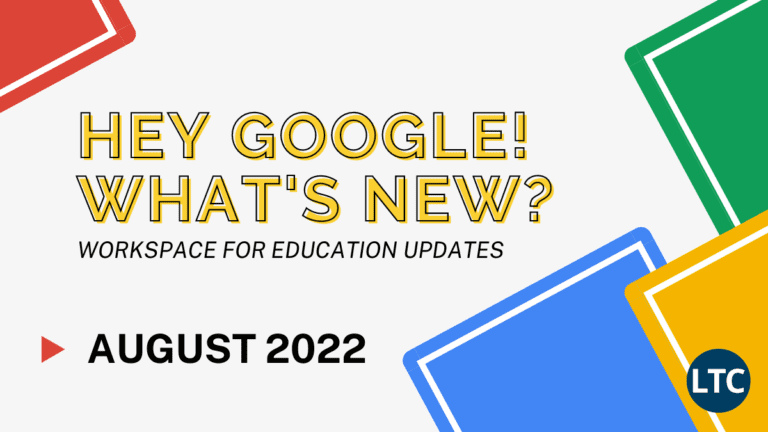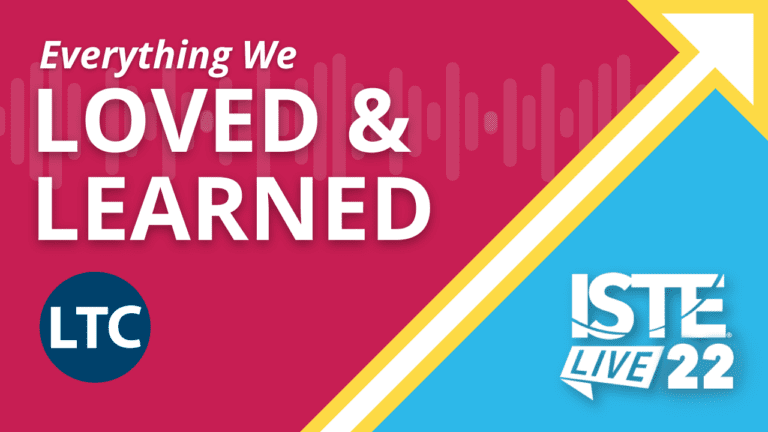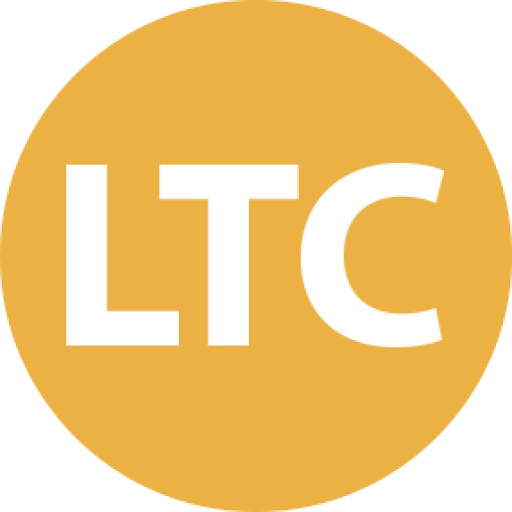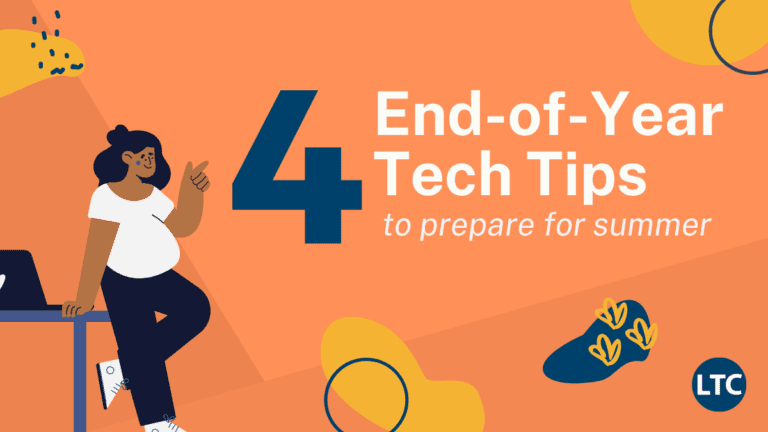Back on June 22, Google revealed a roadmap of its upcoming product and software updates during its The Anywhere School online event. That roadmap featured a cornucopia of exciting developments, including useful enhancements for Google Classroom, Google Workspace for Education, Chrome OS, and more.
Taken together, these updates are geared toward helping educators and school leaders continue their efforts toward making virtual learning easy, accessible, and adaptable to the changing needs of today’s classrooms.
Chances are, your school or classroom can take advantage of these updates starting as soon as the fall 2021 semester. Take a look and see what Google has in store when it comes to making their already-popular apps and tools even more productive and safe.
Greater Ease and Adaptability with Google Classroom
Over the past year and a half, Google Classroom has become a mainstay in schools large and small across the world. Millions of teachers and student participated in remote learning through the platform, with many schools utilizing Google Classroom as their primary learning management system (LMS).
Now, Google is positioning Classroom to meet the education community’s evolving needs, starting with small, quality-of-life improvements like streamlined roster import. This update for Google for Education Plus users will allow teachers to automatically set up class rosters and sync them with their student information system (SIS) using Clever (which requires a separate subscription).
Another small update coming later this year will allow teachers to schedule assignments across multiple classes. This will make it easier to uniformly assign projects and tests across multiple sections of the same course without spending extra time initiating assignment each individually.
Google Meet will also see some upgrades in the near future, including the ability to add co-presenters to any video conference. At the same time, those moderators will have more breakout room options, including the ability to force call participants into and out of said breakout rooms.
On the larger side, teachers in districts with the Teaching and Learning Upgrade or Education Plus can look forward to add-ons directly within their Classroom interface. These add-ons will provide immediate access to an assortment of popular digital education tools and apps – all without needing to navigate to a separate third-party website or app.
Google plans to launch the add-on beta with modules from nine popular providers, including Edpuzzle, Kahoot!, Nearpod, Newsela, Adobe Spark for Education, BookWidgets, and more. Admins will be able to pre-install these add-ons for teachers and students, too, making it easy to get up and running with new integrated add-ons.
For more on new Google Classroom features coming this year, check out Google’s blog post on the topic.
Quicker Collaboration with Google Workspace for Education
Google Workspace for Education (formerly known as G Suite for Education) is also receiving a bevy of upgrades in the coming months, many of which will make its core apps and tools even more interconnected and practical for collaborative digital learning.
One such feature involves the introduction of so-called “smart chips” into Docs, Sheets, and Slides. These “chips” are able to detect certain types of inputs and intelligently connect them to other resources within the user’s Drive or contact book. For example, a user who types in the name of a document in their Drive or an individual in their contact book will be given the option to immediately link that resource using an interactive, inline tile.
Google Docs, meanwhile, will soon receive an upgrade to its existing grammar suggestion engine. Education Plus customers will notice this upgrade as their documents automatically scan for and highlight offensive or stylistically tricky words and phrases. The engine will then offer suggestions to the user, though both elements can be easily turned off by admins.
At the same time, Google Workspace for Education is introducing a handy way to quickly jump from a doc or slide presentation into a Google Meet video conference. With just a click of the Google Meet icon up in the right-hand corner of an open resource, teachers will be able to join a call and open their current resource at the same time, saving valuable classroom time along the way.
Finally, Google is doubling down on its commitment to keeping Workspace a safe space for students and teachers to interact and participate in the learning process. To do that, they’ll soon launch new admin-level security options that make it easier to detect and address potential internal threats, including accidental malware sharing. New Drive trust rules will also roll out in beta for Education Standard and Education Plus customers in the coming months, allowing those admins to more precisely determine how files are shared within their institution.
For more information on upcoming Google Workspace for Education features, check out Google’s blog post on the topic.
Manage a Safer Chromebook Fleet
As the number one device in K-12 classrooms around the world, it’s no wonder that Google is keeping their Chromebooks front of mind in their next round of updates. That means that users can expect optional software upgrades for Chrome OS in the near future, as well as new options for admin-level access and management.
Following in line with updates announced earlier this year, network administrators will soon find new options for managing an institution’s Chromebook fleet within the Google Admin Console. This includes a devoted page for the new Chrome Insights Reports, which list which devices in the fleet are reaching their AUE and how admins should plan for new hardware purchases, accordingly.
Google is also taking cues from smart phones when it comes to another new Chromebook feature. At an administrator’s discretion, teachers and students (especially young learners) will soon be able to log into their device using a six-digit PIN. New users will be prompted to set up these PINs on their own, and future devices will come standard with this feature enabled.
Inclusivity and accessibility have also been notable imperatives for the Chromebook development team lately. That’s why, in the coming months, users will be able to utilize Google’s new Live Caption system on their Chromebooks, as well as a full-panning mode in the operating system’s existing full-screen magnifier. Switch Access will also receive an upgrade in August, making it easier for users to utilize alternative USB and Bluetooth devices to control their cursor.
To see what else Google has in store for new Chromebook and Chrome OS software, check out Google’s blog post on the topic.
Keeping You in the Loop about the Latest Google Updates
All in all, educators have a lot to look forward to this summer and throughout the rest of 2021 when it comes to Google app and tool upgrades. The Learning Technology Center (LTC) is here to help you understand all of these updates and plan for their immediate implementation into your current digital learning environments.
As a Google Cloud Partner, we can also help you find the resources you need to make full utilization of Google’s latest updates a reality for your district.
If you have questions about any of Google’s newly announced improvements, contact the Regional Educational Technology Coordinator (RETC) for your area. You can also learn more about using Google’s current education apps over in our free online courses collection or about Google Workspace for Education updates announced during Spring 2021 on our blog.




